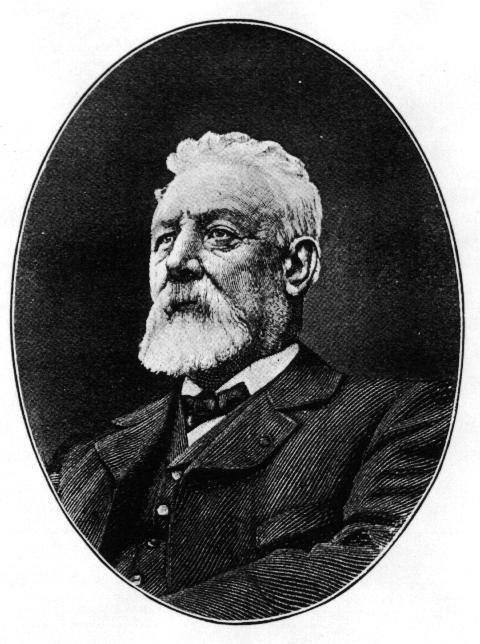Yes, it is possible to play games on your Kindle. (I even wrote a game for the Kindle, which you can try here!) Click here for my updated list of 100 games you can play on your Kindle — including eight free ones. There’s also the 10 best games for your Kindle and all my other posts about playing games on the Kindle.
But when I first got my original Kindle 1, it wasn’t nearly this easy to play games. Here’s my original post – written about my Kindle 1 – so you can see how much better things have gotten!
*Â Â Â Â Â Â Â Â Â Â Â Â Â Â Â Â Â Â Â Â Â Â Â Â *Â Â Â Â Â Â Â Â Â Â Â Â Â Â Â Â Â Â Â Â Â Â Â Â *
It turns out you can play Sudoku on your Kindle – and some other games too!
I was feeling a little jealous because Barnes and Noble had upgraded the Nook so it offered users the ability to play Sudoku. And then I discovered that it’s also possible to play Sudoku on your Kindle! That link leads to several interactive Sudoku puzzle books that you can download, and they’re played using the Kindle’s wireless web connection. Use your menu to select the row where you’ll enter a number, and then choose the appropriate square within that row.
I ordered a sample from several of these Sudoku books, and ended up with a nice collection of free Sudoku puzzles for my Kindle. Having said that, it was still a horribly clunky way to play Sudoku. (It takes almost 10 seconds to enter every number.) And on my original edition Kindle, the squares were simply labeled “Input Field”. I had to count each separate “Input Field” until I’d figured out which square I was looking for!
It’s also possible to play Tic Tac Toe on your Kindle — if you order the appropriate “book” from the Kindle Store. Tic Tac Toe (Kindle Edition) uses the same format, letting you select the row for your move with the menu — and then selecting the appropriate square. It was also a little clunky. On my original Kindle, the menu would still say “Zoom Image” if a square already had an X or O in it — while the empty squares were labeled “Follow Link” in the menu. Yes, it’s possible to play a game of Tic Tac Toe using this book. But what’s hardest about winning the game is simply navigating the menus!
And finally, it’s also possible to play Minesweeper on the Kindle. This is a free game that I’d just assumed was a hidden “Easter Egg” — a secret feature that was pre-installed, just to make users feel special when they discovered it. Hold down the Alt key and the shift key directly above it while also typing M at the same time, and a grey 8 by 10 grid appears on the screen. You use the keys on the keyboard to navigate to the square for your next guess, and the space key reveals whether that square contains a number or an exploding mine! Like the other games, it’s a little clunky.
And to tell you the truth, I’d rather use my Kindle for reading!
UPDATE: Ironically, I just discovered this blog post has become one of Google’s top matches for the phrase: “Can I play Sudoku on a Kindle!” (And “Is it possible to play games on the Kindle?”) But it turns out there’s an even more famous game that you can play on the Kindle: Jumble puzzles!
I’m sure you’ve seen these “scrambled word” puzzles in your daily newspaper. (Circles in the squares mark all the letters which appear in the final set of scrambled words — which is usually the punchline to a question asked in the cartoon.) I’ve always loved doing Jumble puzzles (which I’ve also seen called “the Junior Jumble”).
And now you can play them on your Kindle!







